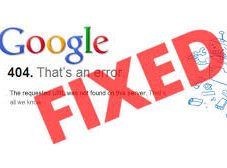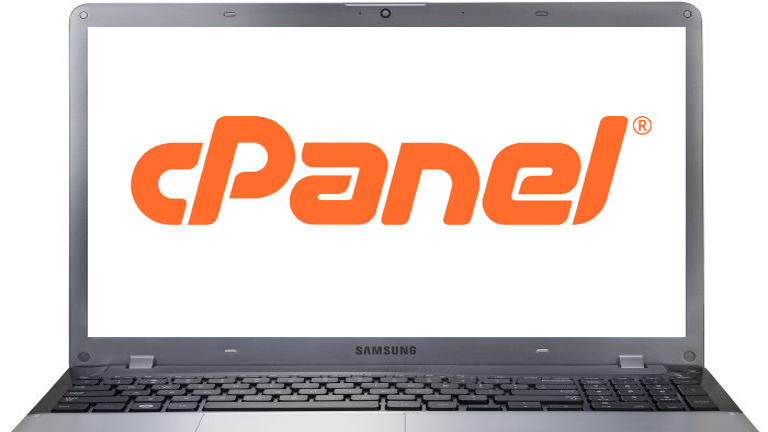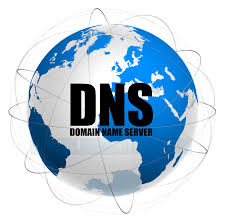What is a Domain Name
A domain name is a human-understandable text that maps to a numeric IP address. A domain name makes your website easy to access and recognized by its user understandable and unique text name. In simple words, a domain name is a text that users type into browsers to reach a particular website. For example, the domain name of “Facebook” is ‘Facebook.com’. However, the actual address of a website is quite hard to recognize as it is always a numeric IP address. Referring to the above example, you can visit the Facebook domain by typing ‘facebook.com’ into your browser, but what if the domain name feature doesn’t exist? You would have to type something like ‘132.144.31.292’ in the search box to visit a website that is quite complex and hard to remember.

But, thanks to DNS, through which we’re able to enter human-friendly domain names to visit our favorite websites over the Internet, this process is known as a DNS Lookup.
A domain name comes with several extensions such as .com .org .in and many others, and it must be registered before using it. And as you know a domain name is a unique human-friendly web address, the same domain name cannot be registered by multiple users. Once a user registers a domain name, the DNS system will translate the easily understandable domain name into an IP address, but this will work in the back-end. No visitors will be able to see the IP address in the URL. Thousands of domains are being sold just by white-labeling from several resellers.
Almost everyone thinks that they purchased a domain name. But in reality, it’s not true. Instead, they leased the domain name for a selected time (minimum 1 maximum 10) from the registry. Millions of domains are being purchased every year and most of them are being purchased for a 1-year lease which follows the pre-defined life cycles of the domain name.
A Domain Life Cycle
Having an idea of a domain life cycle will help you not to lose your favorite domains from any chance of deletion or accidental expiry. Let us show you the actual life cycle of a domain name.
Life-Cycle of a Domain Name
- Available
- Registered/Active Period
- Expired/Grace Period
- Redemption Period
- Pending Delete
1: Domain Availability
The very first stage of a domain name’s life cycle is its availability. This means the domain name is available for purchase and has not registered by anyone yet. You can search the domain availability from any registrar and register all the available domains for a period of 1 to 10 years.
2: Domain Registered/Active
Once a domain name is registered it becomes active till the period it has been registered. As soon the domain is registered and active, the registrar will provide all the details to access that registered domain through the given contact details that the user has filled in while registering the domain. You can renew the domain anytime during this phase but its maximum life period cannot be extended to a period longer than 10 years.
3: Expired/Grace Period
If the domain is not renewed before its expiration day, the domain status changes to expired. In the expiration period,the domain will stop working. Your website will no longer be live over the Internet. However, the registrar will hold your domain in this phase till 20-30 days which can also differ depending upon registrars. Here at Redserverhost, the owner needs to renew the domain within 20 days from the date of expiry. No additional charges will be taken if you renew the domain before ending the expiration period.
4: Redemption Period
This life cycle comes when someone fails to renew his domain during the expiration period. During the redemption period, if you want to renew your domain, you’ll end up paying a huge amount to restore the domain. The domain usually stay in this phase for upto 30 days.
5: Pending Delete
This phase comes when domain is not renewed within expired or redemption period. Domains in Pending Deletion cannot be renewed and usually stay in this phase for up to 5 days until all records for the domain are removed from the domain authority zone.
Deleted and Available for Everyone again
Once the domain passes all the above phases, it becomes publicly available for registration again. It’s better to renew your domain before the expiration period if the domain is valuable or has a good amount of traffic because if the domain has a good authority or monthly visits, it’ll be registered in a few seconds after its availability.
Therefore, as I already said before, it’s recommended to renew your domain before the expiration date to avoid any deletion. I hope this article helps you. If you have any doubts, you can contact us on our Facebook and Twitter pages. Other than this, for any further assistance, you can simply visit Redserverhost.com and raise a free support ticket. Our experienced Technical Support Team will be happy to assist you.
Additionally, you can purchase any Web Hosting Solutions such as Reseller Hosting, Dedicated Hosting, and also Shared Hostings from Redserverhost at the Cheapest Cost over the Internet.





